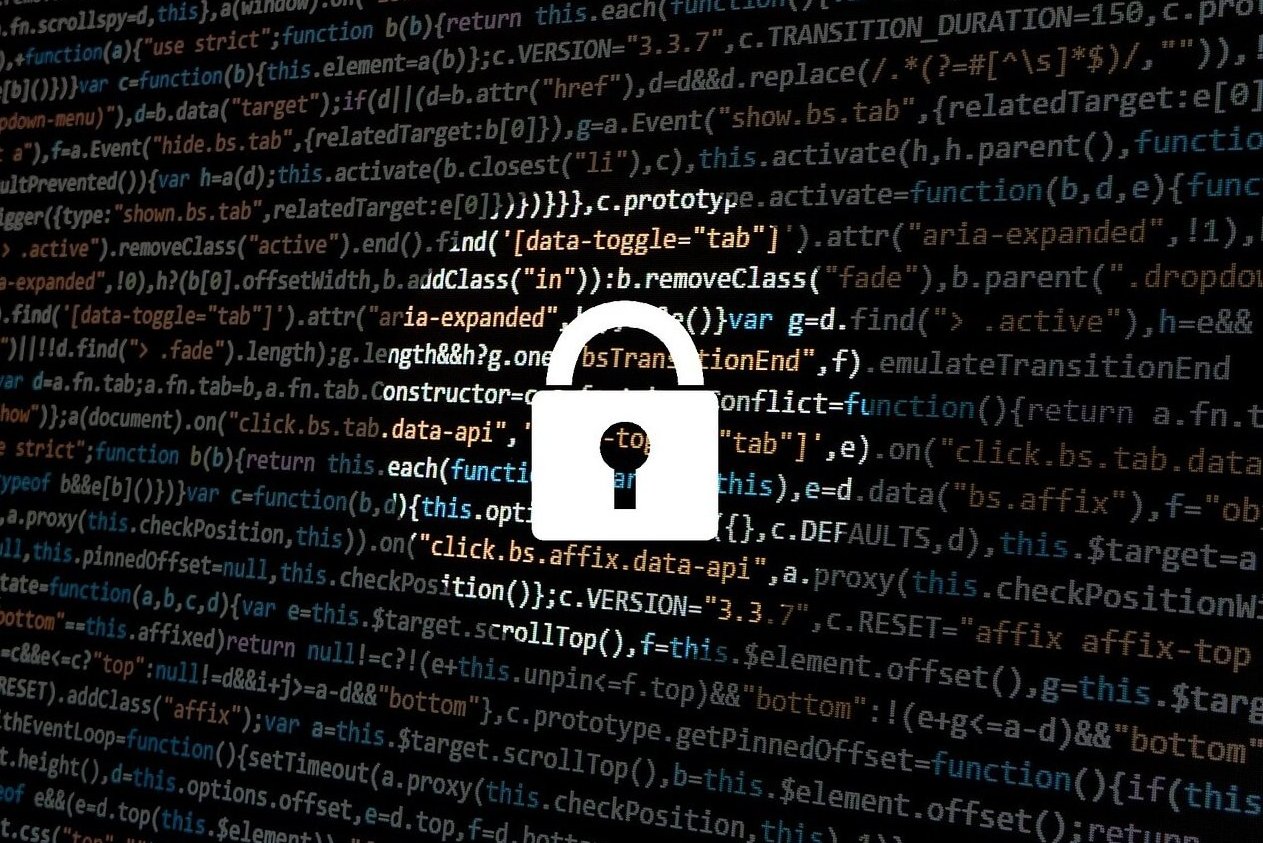

51% attacks are a common concern as they are inescapable due to decentralisation in crypto. A 51% attack is a cyber-attack that can only occur when a mining group has consolidated at least 51% of a network’s mining hash rate or computing power.
One of the founding principles behind the creation of Bitcoin was to ensure it was decentralised. A system or network that is decentralised does not have singular authority in charge. Whilst illegal and immoral, 51% attacks do at least prove that networks are decentralised.
When mining cryptocurrency, there is what’s known as ‘mining difficulty,’ and the further forward we progress with crypto, the more the mining difficulty increases. To counter this rise in difficulty, miners have begun to pool together to increase their chances of successfully mining crypto.
Typically, how cryptocurrency systems work is by having transactions broadcast to the entire network. Once this has been done, data miners look to solve cryptographic puzzles (mathematical algorithms) to add a block of data (that contains recent transactions) to the blockchain. This is done so that all transactions can be verified as legitimate. Once the miners have found the solution, they are supposed to broadcast the solution back to the network.
Whilst pooling together is a great solution for miners working on a small scale, on a much larger scale, it can give the dominating party too much control over the network. For example, a mining pool with 10% of the computational power might align themselves with another pool who own 8% of the computational power. Together they have 18%, and have increased their odds of being successful.
However, if a party with 26% allied with a pool that owned another 25% computational power, the newly unified group would own 51% of the total computational power.
With this much power and control, the corrupt miners are able to not broadcast the solution, thereby creating an offspring of the blockchain. In doing so, they can spend crypto on the original blockchain whilst keeping the same amount of crypto on the false one. This is known as ‘double spending.’ In effect, they are awarding themselves free cryptocurrency. The normal miners are left tracking the original blockchain, whilst the corrupt ones are free to do as they please with the false one.
So then, shouldn’t a truly decentralised system be protected against a 51% attack? Not quite.
Charlie Lee, creator of popular altcoin Litecoin, posted on his Twitter explaining: “By definition, a decentralized cryptocurrency must be susceptible to 51% attacks whether by hash rate, stake, and/or other permissionlessly-acquirable resources. If a crypto can’t be 51% attacked, it is permissioned and centralized.”
The reason why a decentralised system needs to be susceptible to a 51% attack is because Proof-of-Work (PoW) consensus algorithms have the inherent flaw for a 51% attack to occur. If they were completely protected against such an attack, they would be controlled and centralised.
To put these statements into context, a Proof-of-Work consensus algorithm presents the hashing problem that nodes in the blockchain network must solve before a block of data can be added to the blockchain. Miners with more processing power can solve the PoW hashing problem quicker, which is why miners pool together.
Since cryptocurrency and blockchain networks are decentralised and distributed (meaning no one person should have more power than another), any miner should, if they have the resources, be able to join the network. Since all of this is freely accessible and no singular entity can prevent access, miners can pool together at their leisure. If an entity were to tell them they couldn’t do this, then the network wouldn’t be decentralised in the first place.
This is the reason why Charlie Lee notes “if a crypto can’t be 51% attacked, it is permissioned and centralized.”
Similarly, if as a result of a 51% attack the network can no longer be supported and is ruined entirely, it was never decentralised to begin with.
In effect, for a 51% to prove a network is centralised, the corrupt miners must be able to push everybody who is involved with the network out. This includes the normal miners, the exchanges, merchants, and so on.
But, if the remainder of the network is able to retake control and keep the network running, then it is decentralised. This is because even though a corrupt party attempted to seize control, ultimately, their efforts to take full control failed. However, in most scenarios, successful 51% attacks will still result in the corrupt miners managing to steal or double spend a lot of crypto.
If you are unfamiliar with 51% attacks, decentralisation, or PoW consensus algorithms, it can be difficult to conceptualise how a 51% attack proves cryptocurrency is decentralised. Hopefully, though, this piece has helped shape your understanding on the subject.
For more information and guides from Coin Rivet, click here.
Denver, Colorado, 24th February 2025, Chainwire
Denver, Colorado, 20th February 2025, Chainwire
Washington, D.C., 18th February 2025, Chainwire
Dubai, UAE, 27th January 2025, Chainwire
Those who enter the market at this time may be surprised to hear that Bitcoin…
George Town, Grand Cayman, 22nd November 2024, Chainwire